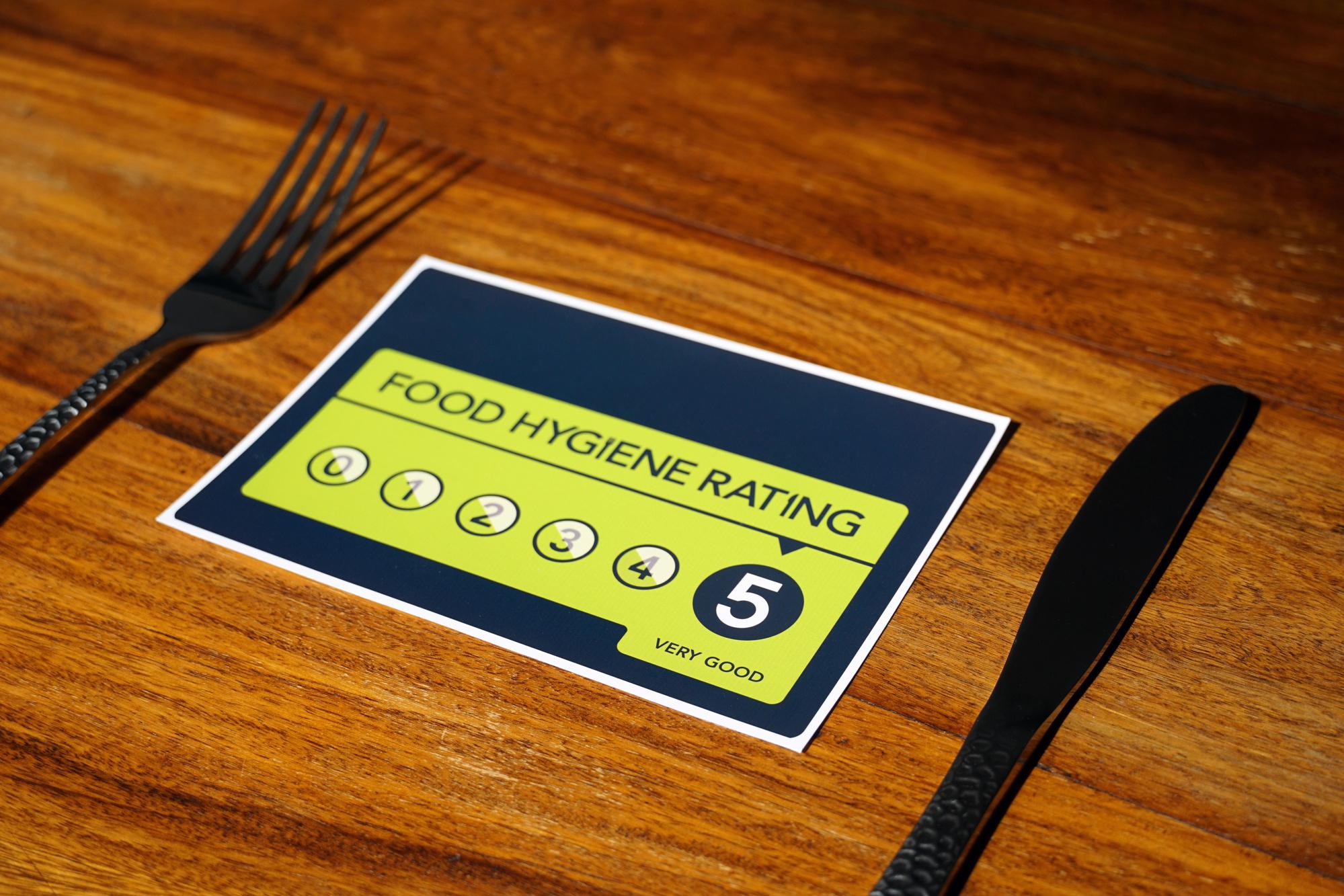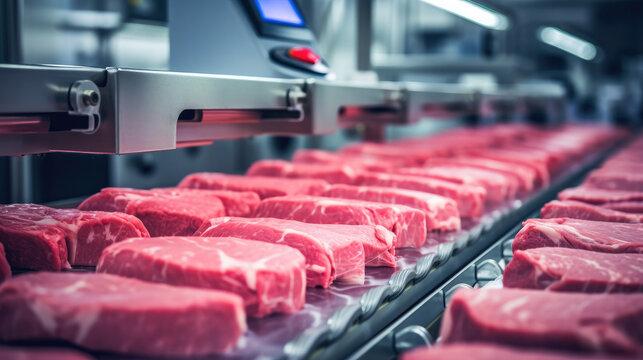
When we dine out, we expect a certain level of quality and safety from the food we consume. Restaurants play a crucial role in ensuring that the meals they serve meet the highest standards of hygiene and preparation. This is where quality control and food inspection systems come into play. These systems are designed to protect consumers from potential health hazards and maintain consistency in the quality of food served.
In this article, we’ll explore the intricate world of quality control in restaurants, shedding light on the processes, regulations, and best practices that ensure a safe and enjoyable dining experience.
The Importance Of Food Inspection Systems
Maintaining high standards of food safety and quality is paramount in the restaurant industry. A single lapse in food handling or preparation can have severe consequences, including foodborne illnesses, customer dissatisfaction, and even legal repercussions. Food inspection systems are the frontline defense against these potential risks, safeguarding both the business and its patrons.
By implementing robust food inspection protocols, restaurants can effectively mitigate various risks associated with food preparation and service. A crucial element in food safety is the prevention of cross-contamination, which happens when harmful bacteria or allergens move from one food item to another. Proper inspection procedures help identify and mitigate this risk, ensuring that food preparation areas, utensils, and surfaces are clean and free from contaminants. Cross-contamination can lead to serious health issues, especially for individuals with food allergies or compromised immune systems.
Another crucial factor is monitoring temperature controls. Many foodborne illnesses result from improper temperature management during storage, cooking, or holding. Food inspection systems ensure that temperatures are consistently monitored and maintained within safe ranges, preventing the growth of harmful microorganisms. Bacteria such as Salmonella, E. coli, and Listeria thrive in specific temperature ranges, and improper temperature control can create a breeding ground for these pathogens, leading to severe illnesses.
Furthermore, trained inspectors play a vital role in identifying potential hazards, such as expired or spoiled ingredients, improper food handling practices, or equipment malfunctions, such as product effects, before they pose a risk to customers. These hazards can compromise the quality and safety of the food served, resulting in foodborne illnesses or other health concerns. Inspectors are trained to detect these issues, particularly using a product effect guide, and recommend corrective actions to prevent potential risks.
Consistency is also a crucial aspect in the restaurant industry, as customers expect a uniform level of quality and safety with every meal they consume. Food inspection systems help ensure that every meal served meets the same high standards, regardless of the chef or the time of day. This consistency not only enhances customer satisfaction but also protects the restaurant’s reputation and brand image.
In addition to these core benefits, robust food inspection protocols can also help restaurants comply with relevant regulations and industry standards. Failure to adhere to these regulations can result in fines, legal action, or even the temporary closure of the establishment, which can have severe financial and reputational consequences.

Regulatory Oversight And Industry Standards
Food inspection systems in restaurants are not just internal processes; they are also governed by a complex web of regulations and industry standards. These regulations are designed to protect public health and ensure that restaurants operate within acceptable guidelines.
At the federal level, the U.S. Food and Drug Administration (FDA) provides guidance and oversight through the Food Code, which outlines best practices for food handling, preparation, and service. Additionally, state and local health departments play a crucial role in enforcing food safety regulations and conducting inspections.
Industry organizations, such as the National Restaurant Association and the International Association for Food Protection, also contribute to the development and promotion of food safety standards. These organizations offer training programs, certifications, and resources to help restaurants implement effective quality control measures.
The Food Inspection Process Demystified
So, what exactly happens during a food inspection in a restaurant? Let’s take a closer look at the typical steps involved in this process.
- Pre-Inspection Preparation: Before an inspection, restaurants should conduct self-assessments and ensure that all necessary documentation, such as food safety certifications and temperature logs, are readily available.
- Visual Inspection: The inspection typically begins with a visual examination of the premises. Inspectors assess the cleanliness of food preparation areas, storage facilities, and overall restaurant conditions.
- Temperature Checks: Using specialized thermometers, inspectors verify that refrigeration units, hot holding equipment, and cooked foods are maintained at safe temperatures.
- Food Sampling: In some cases, inspectors may collect food samples for laboratory analysis to detect the presence of harmful bacteria, allergens, or contaminants.
- Employee Interviews: Inspectors may interview kitchen staff and managers to assess their knowledge of food safety practices, personal hygiene, and emergency procedures.
- Documentation Review: Inspectors review various records, such as temperature logs, cleaning schedules, and supplier documentation, to ensure compliance with regulations.
- Corrective Actions: If any violations or non-compliances are identified, inspectors will outline corrective actions that the restaurant must take within a specific timeframe.
- Follow-up Inspections: Depending on the severity of the violations, follow-up inspections may be conducted to verify that corrective actions have been implemented effectively.
Ensuring Compliance: Roles And Responsibilities
Maintaining a robust quality control system in a restaurant is a collaborative effort involving various stakeholders, each with specific roles and responsibilities.
- Restaurant Owners and Managers: Owners and managers are responsible for establishing and enforcing food safety policies, providing adequate training to staff, and ensuring that the restaurant complies with all relevant regulations.
- Kitchen Staff: Chefs, cooks, and food handlers play a crucial role in adhering to food safety practices, such as proper hand hygiene, safe food handling, and temperature monitoring.
- Food Safety Managers: Many jurisdictions require restaurants to have a certified Food Safety Manager on staff. These individuals are trained to develop and implement food safety systems, conduct self-inspections, and ensure that the restaurant remains compliant.
- Health Inspectors: Government-employed health inspectors conduct routine and unannounced inspections to evaluate the restaurant’s adherence to food safety regulations. They have the authority to issue citations, impose fines, or even temporarily close establishments that fail to meet the required standards.
- Third-Party Auditors: Some restaurants may choose to undergo voluntary third-party audits or certifications, such as those offered by the National Sanitation Foundation (NSF) or the International Organization for Standardization (ISO). These auditors provide an independent assessment of the restaurant’s food safety practices and quality control systems.
Embracing Technology: Modern Tools For Quality Control
In today’s rapidly evolving culinary landscape, technology plays an increasingly important role in streamlining quality control processes and enhancing food safety. Many restaurants are embracing innovative tools and solutions to support their quality control efforts.
- Temperature Monitoring Systems: Wireless temperature sensors and data loggers allow real-time monitoring of refrigeration units, hot holding equipment, and cooking temperatures, ensuring that food is consistently held at safe temperatures.
- Food Safety Software: Cloud-based software platforms enable restaurants to digitize food safety records, temperature logs, and inspection reports, providing a centralized and accessible system for tracking compliance.
- Automated Handwashing Stations: Advanced handwashing stations use sensors and audible prompts to guide employees through proper handwashing techniques, promoting good hygiene practices.
- Mobile Inspection Apps: Mobile applications allow health inspectors to conduct inspections, document findings, and issue reports directly from their tablets or smartphones, streamlining the inspection process.
- Automated Cleaning Systems: Robotics and automated cleaning systems are increasingly being adopted in commercial kitchens, ensuring consistent and thorough sanitization of surfaces and equipment.
While these technologies can enhance quality control efforts, it’s important to note that they should be used in conjunction with comprehensive staff training and a strong commitment to food safety principles.
Continuous Improvement: Fostering A Culture Of Quality
Effective quality control in restaurants is not a one-time endeavor; it requires a continuous commitment to improvement and adaptation. Fostering a culture of quality within the organization is essential for maintaining high standards and staying ahead of evolving regulations and consumer expectations.
- Regular Training and Education: Providing ongoing training and education opportunities for staff members is crucial. This ensures that they remain up-to-date with the latest food safety practices, regulations, and techniques.
- Encouragement and Accountability: Encouraging open communication, recognizing exceptional performance, and holding staff accountable for adhering to quality control protocols can reinforce a culture of quality.
- Continuous Monitoring and Evaluation: Regularly reviewing and evaluating quality control procedures, identifying areas for improvement, and implementing necessary changes can help restaurants stay ahead of potential issues.
- Collaboration and Knowledge Sharing: Fostering collaboration and knowledge sharing within the industry can contribute to the dissemination of best practices and innovative solutions for quality control.
- Customer Feedback: Actively soliciting and addressing customer feedback can provide valuable insights into areas where quality control efforts may need to be enhanced or adjusted.
By embracing a culture of continuous improvement, restaurants can not only meet but exceed customer expectations while ensuring the highest levels of food safety and quality.
Conclusion
Quality control and food inspection systems are the unsung heroes of the restaurant industry, working tirelessly to ensure that the meals we enjoy are safe, consistent, and of the highest quality. By understanding the intricacies of these processes, adhering to regulations, and embracing innovation, restaurants can not only safeguard public health but also build trust and loyalty among their customers. Ultimately, a robust quality control system is a testament to a restaurant’s commitment to excellence and a reflection of its dedication to providing a truly exceptional dining experience.


